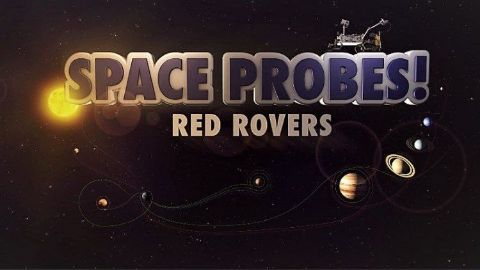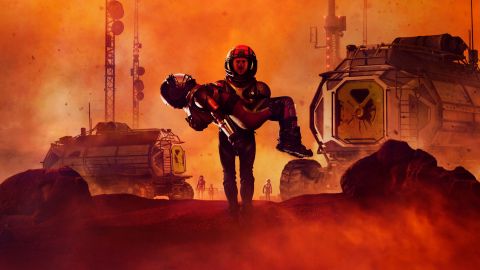Our Inner Circles of Hell • 2016 • episode "S1E4" • Space Probes
The inner planets, Mercury and Venus, orbit closest to the Sun, making them literally an Inferno of heat. NASA and other space agencies have attempted to learn more about these rocky planets. Follow the plucky probes that attempted to decipher the secrets of the Solar System's inner circles of hell.
Make a donation
Buy a brother a hot coffee? Or a cold beer?
Hope you're finding these documentaries fascinating and eye-opening. It's just me, working hard behind the scenes to bring you this enriching content.
Running and maintaining a website like this takes time and resources. That's why I'm reaching out to you. If you appreciate what I do and would like to support my efforts, would you consider "buying me a coffee"?
Donation addresses
BTC: bc1q8ldskxh4x9qnddhcrgcun8rtvddeldm2a07r2v
ETH: 0x5CCAAA1afc5c5D814129d99277dDb5A979672116
With your donation through , you can show your appreciation and help me keep this project going. Every contribution, no matter how small, makes a significant impact. It goes directly towards covering server costs.











